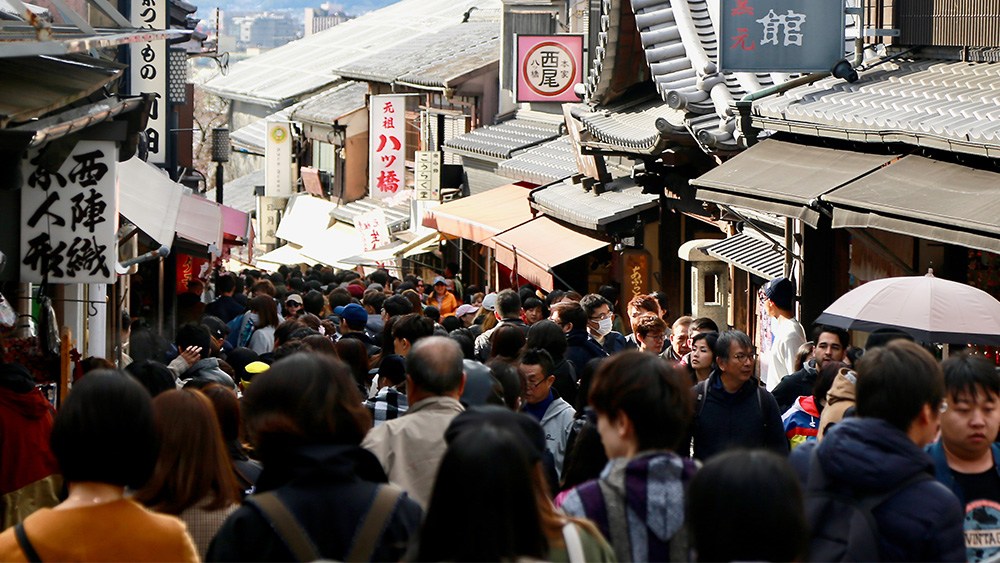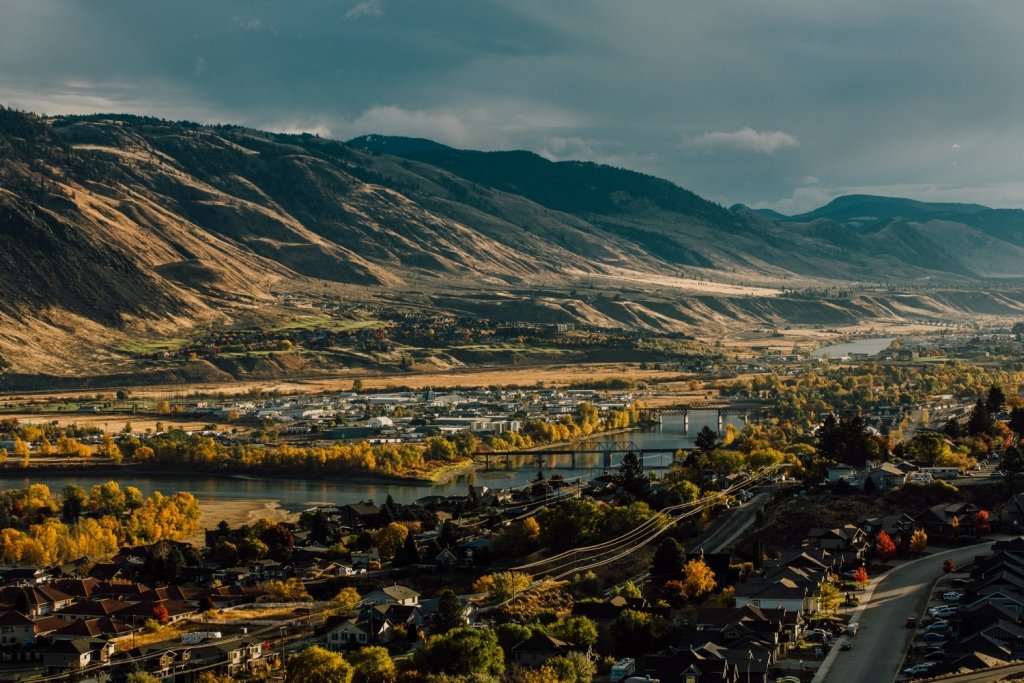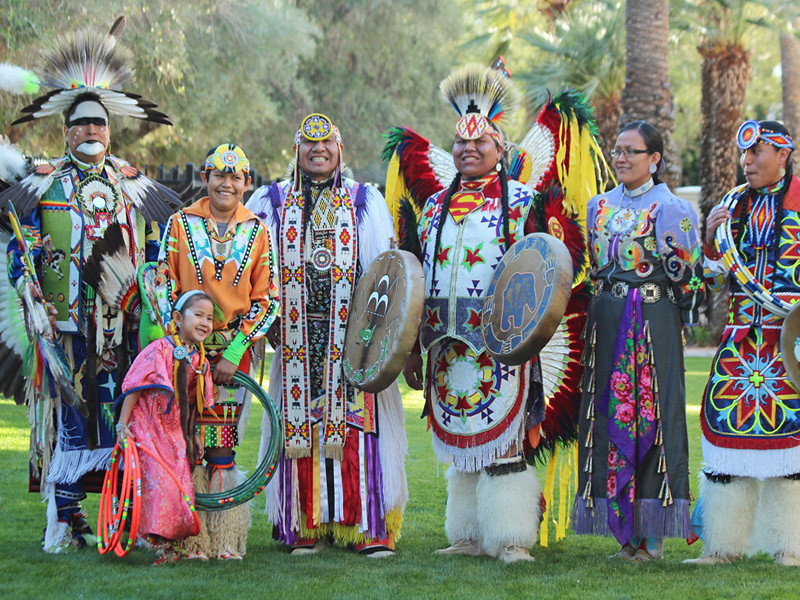Overtourism

According to the Story of Over-tourism video, many tourism destinations are facing some adverse effects of overtourism. Nowadays, it is getting easier to travel worldwide because of cheap accommodations and transportations as Airbnb and low-cost airlines. Many tourism sites can get benefits from tourists, but local people are affected by them as well. One of the big problems is about local communities. In Venice’s case, local peoples are leaving Venice because they can not spend their everyday lives due to the massive number of tourists. For instance, local people have been plagued with congestion, noise, and increasing housing prices. Decreasing the number of local people leads to diminishing traditional cultures and local businesses. When I had visited Venice, there were many tourists on the main street so much I could not move. Also, I saw a lot of shops for tourists and many bars were crowded. Many tourists were enjoying the party until late at night. It is essential to have fun at tourism destinations for tourists; however, we need to consider our attitudes towards local people.
I want to introduce my country, Japan’s problems with overtourism. When I visited Kyoto, Japan, in 2019, I could see some impacts of over-tourism. Kyoto is one of Japan’s popular destinations, and about 53.6 million tourists visited there in 2019. There were many tourists from other countries, and I was glad to see foreign tourists enjoyed Kyoto. On the other hand, I felt that overtourism harms Kyoto’s traditional cultures. For example, there are rental Kimono shops in Kyoto to encourage tourists to enjoy beautiful Kimonos. However, I sometimes have seen some foreigners who were wearing the wrong type of Kimono. For example, one kind of Kimonos is for a graduation ceremony, and another kind of Kimonos isn’t made in Japan. It looks very weird to me. Unfortunately, some rental kimono shops sell unauthentic Kimonos at low prices for foreigners who do not know about Kimono culture very well. Also, I realized the massive number of foreign tourists gave benefits to these shops. Besides, these kinds of shops lead to reduce authentic traditional kimono shops. Over tourism have the possibility to hide the situation in which local businesses are facing problems. I feel strongly that controls the number of tourists is necessary to protect local companies and authentic experiences for tourists.
The lecture on Tourism Kamloops Digital Marketing by Amy Thompson

Her lecture gave me opportunities to consider how important digital marketing is for Tourism Kamloops. Mainly, I learned from this lecture that Tourism Kamloops has many strategies with social network services. Firstly, Tourism Kamloops has been focusing on YouTube. Usage of YouTube is a high percentage, and it is essential for tourism marketing in Canada. Because 90 % of people in Canada think that YouTube is the opportunity to discover new things. It is a great idea to have partnerships with YouTubers such as Fishing with Rod in her lecture. Because Fishing with Rod has many viewers, some of them might choose Kamloops for next their tourism destination. Also, having partnerships with YouTubers encourages viewers to visit the Tourism Kamloops YouTube channel. Also, it leads to an increase in the number of the subscription. The tourism Kamloops YouTube channel is a convenient resource to know about Kamloops quickly. It is very organized into each category, such as hiking, winter activities, and so on. Mainly, YouTube is a powerful advertising resource during the COVID19 pandemic. People have time to watch YouTube more than before and think about the next trip after the COVID19 pandemic.
The lecture on indigenous Tourism by Dr. Courtney Mason

Indigenous tourism is one of the significant and valuable tourism resources in Canada. When I was working at a travel agency in Japan, some people were interested in traveling to Canada to see indigenous cultures. I think that indigenous tourism is one of the ways to make differentiation from other countries. From the lecture by Dr. Courtney Mason, I learned that it is crucial to understand indigenous people and their cultures, and there are many policies and rules to protect them. The tourism industry sometimes has risks to destroy traditional cultures and natures, such as impacts of overtourism and pollution problems. Thus, policies are essential for tourists and indigenous cultures. Also, protecting indigenous cultures and their places lead to conserving natural ecosystem and water. In Japan’s case, Japan has some indigenous people and their cultures; however, historically, they had been oppressed by the Japanese government and their policies. Eventually, some valuable indigenous lands and cultures were disappeared. Japan also has some guidelines to protect indigenous cultures now. Although it is a small scale, Japanese indigenous cultures have become one of Japan’s vital tourism resources. Indigenous tourism has many chances to get benefits, but still, it is valuable. Thus, it is essential to protect indigenous cultures with policies.